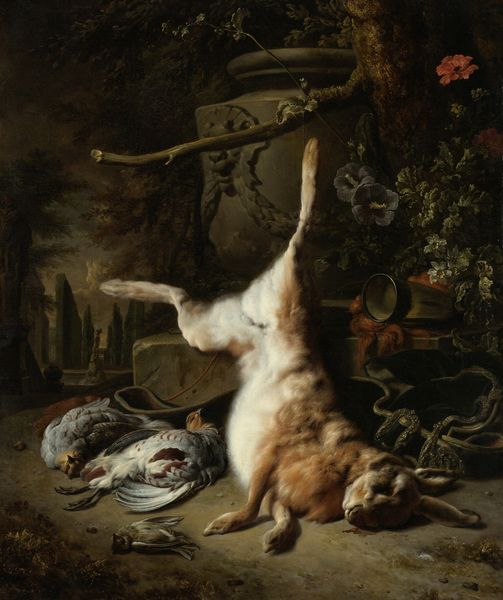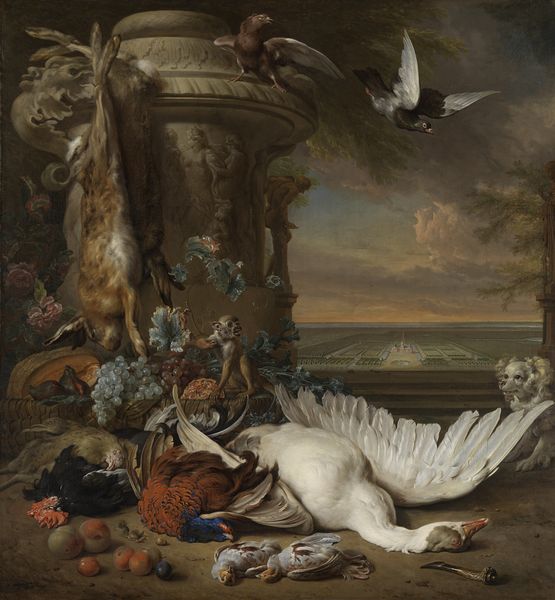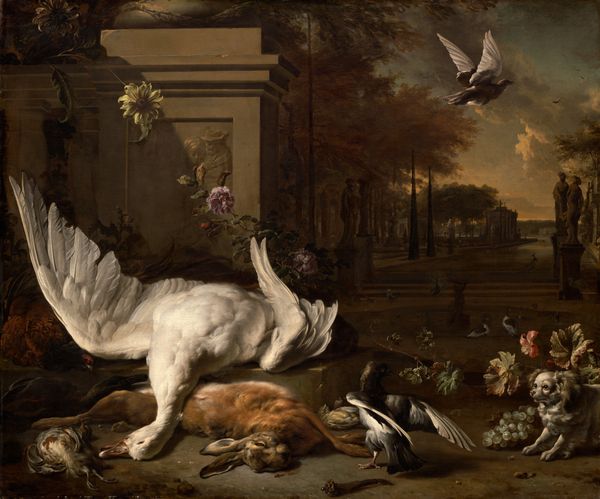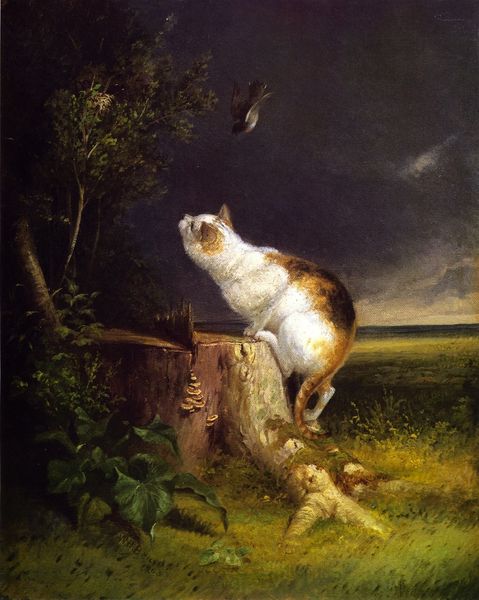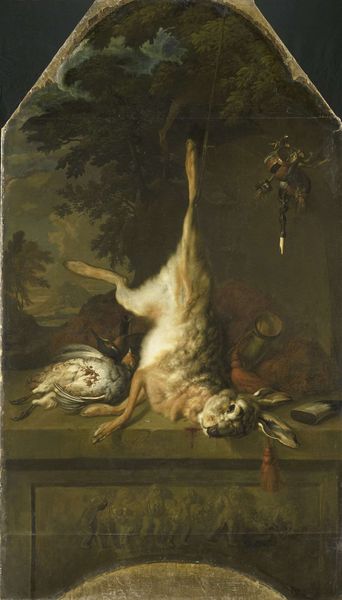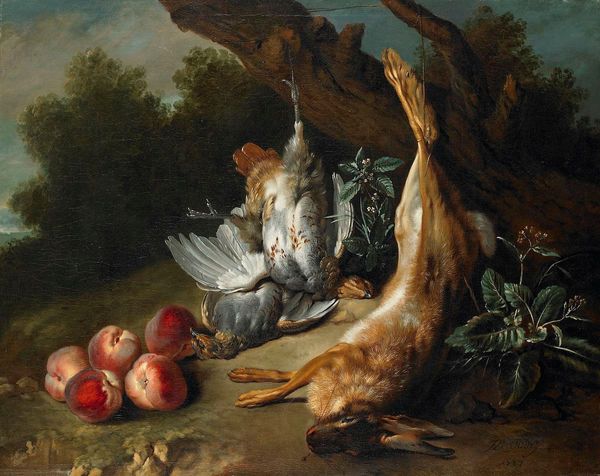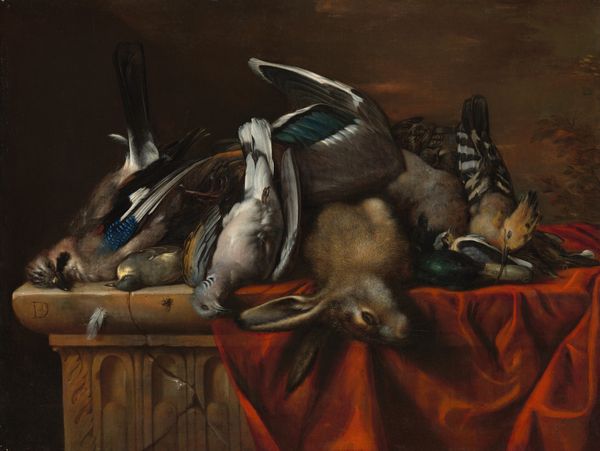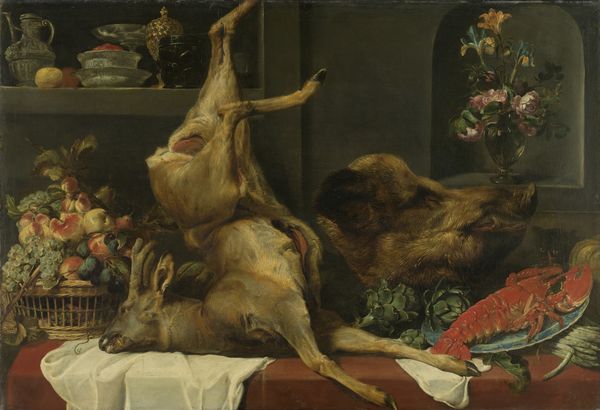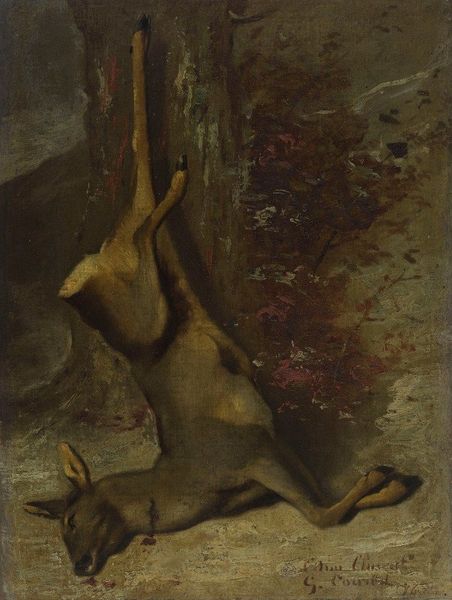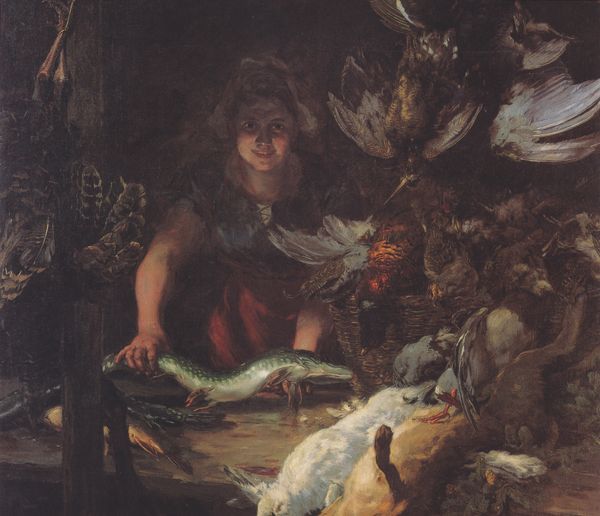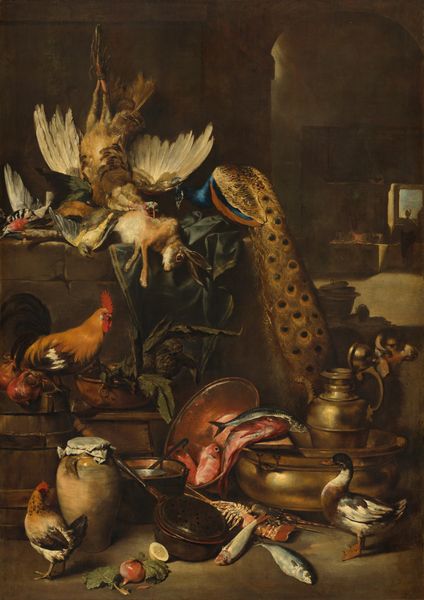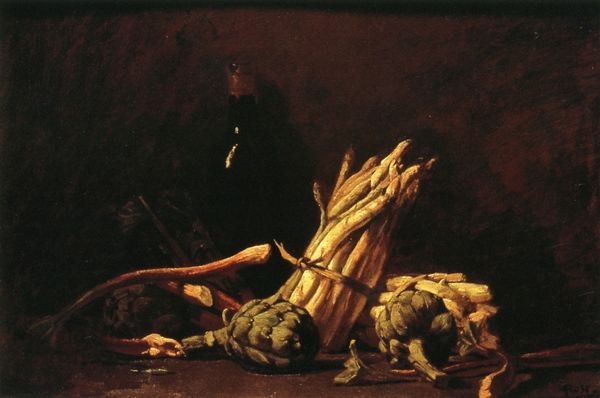
oil-paint
#
baroque
#
animal
#
oil-paint
#
landscape
#
oil painting
Copyright: Public Domain
Jan Weenix painted this still life with oil on canvas sometime in the 17th or 18th century. Paintings such as this one reflect the Dutch Republic's colonial involvement in foreign lands, an endeavor which transformed the relationship between humans and the natural world. The painting can be viewed as a stark portrayal of humanity's dominion over nature, subtly reflecting the social hierarchies of the time where hunting was mostly reserved for the wealthy. The dead animals, beautiful in their stillness, evoke complex emotions. Weenix's technical skill transforms this image of death into a tableau that invites reflection on our place in the world. It's a stark reminder of how cultural practices are intertwined with ecological realities, subtly prompting us to consider the impact of our actions on the environment and its inhabitants.
Comments
stadelmuseum almost 2 years ago
⋮
Since the Middle Ages, hunting had been the preserve of the aristocracy. Hunting still lifes depicting the kill were a reminder of this privilege and gave their owners a sense of participating in the aristocratic lifestyle, whether they themselves were of noble or only affluent middle-class birth. Paintings like this large-scale still life by Jan Weenix were accordingly popular in the second half of the seventeenth century, not least of all among newly wealthy Dutch merchants, trade magnates and large-scale investors.
Join the conversation
Join millions of artists and users on Artera today and experience the ultimate creative platform.
